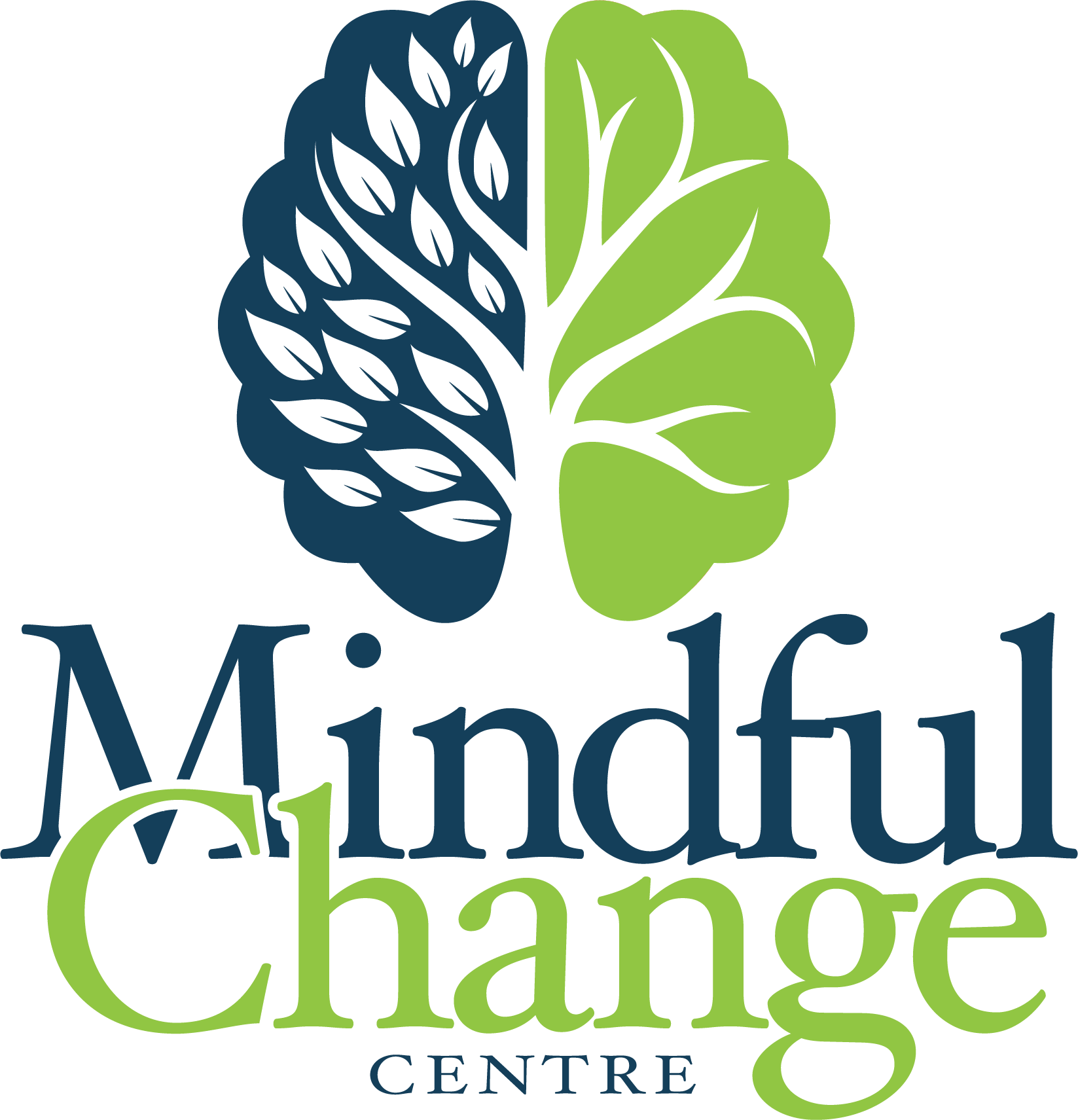Everyone experiences stress. However, when it comes to stress relief, taking a personalized approach that considers if you are naturally more or less active might give you better results.
If you’re a highly active person, meditating can feel like torture instead of help. While there’s value in learning to still your mind and body, using a more physical approach to trigger your body’s natural relaxation response results in faster relief.
A more active approach includes things such as:
- Exercising at a level that doesn’t add to your stress load
- Walking or running outside combines exercise with the benefits of phytoncides (lower blood pressure, better immune function, and stress relief)
- Gardening or yard work
- More intense styles of yoga – not all yoga means holding difficult poses for long periods, so find the right yoga for you
A less active approach includes activities such as:
- Meditation – there are many styles and techniques, ranging from so easy to learn that you can start immediately to more challenging styles
- Sitting outside, especially in a luscious, plant and tree-filled area
- Breathing techniques like Square Breathing/Heart Rhythm Meditation or gentle yoga that focuses on breath and thought more than strength
- Reading or even watching TV
When it comes to TV, watch things that relax, inspire, or educate you. For stress relief, the screen of never-ending distraction works best if you watch less than a couple of hours and make conscious choices about content.
What About Prevention?
Regularly de-stressing is important because a certain amount of stress is simply unavoidable. And anything that brings you joy can help—dancing, singing, listening to music, playing with your kids or grandkids, cooking a nourishing meal, taking time for yourself, snuggling, interacting with your pet, etc.
Another important part of stress relief is preventing needless stress from affecting you. Think of the above items as faster relief while prevention is a long-term plan.
For example, you can’t change a consistently difficult boss into a person who’s wonderful to work with tomorrow, but you can start the process of changing jobs so that you have a better working environment.
You can also use the tools in Same Shit Different Day to change your perspective about yourself and your boss in a way that stops stress from accumulating.
For a long-term stress relief:
- Eat a nourishing diet low in inflammatory foods
- Exercise regularly
- Practice mindfulness
- Spend some time outside
- Use stress-relief techniques that match your natural tendencies
- Learn and practice at least one technique from the options in the group for the opposite activity level – it might not be your go-to technique now, but unexpected life changes happen
Please visit mindfulchange.com for more resources to help you live the kind of life you want.


 Follow
Follow